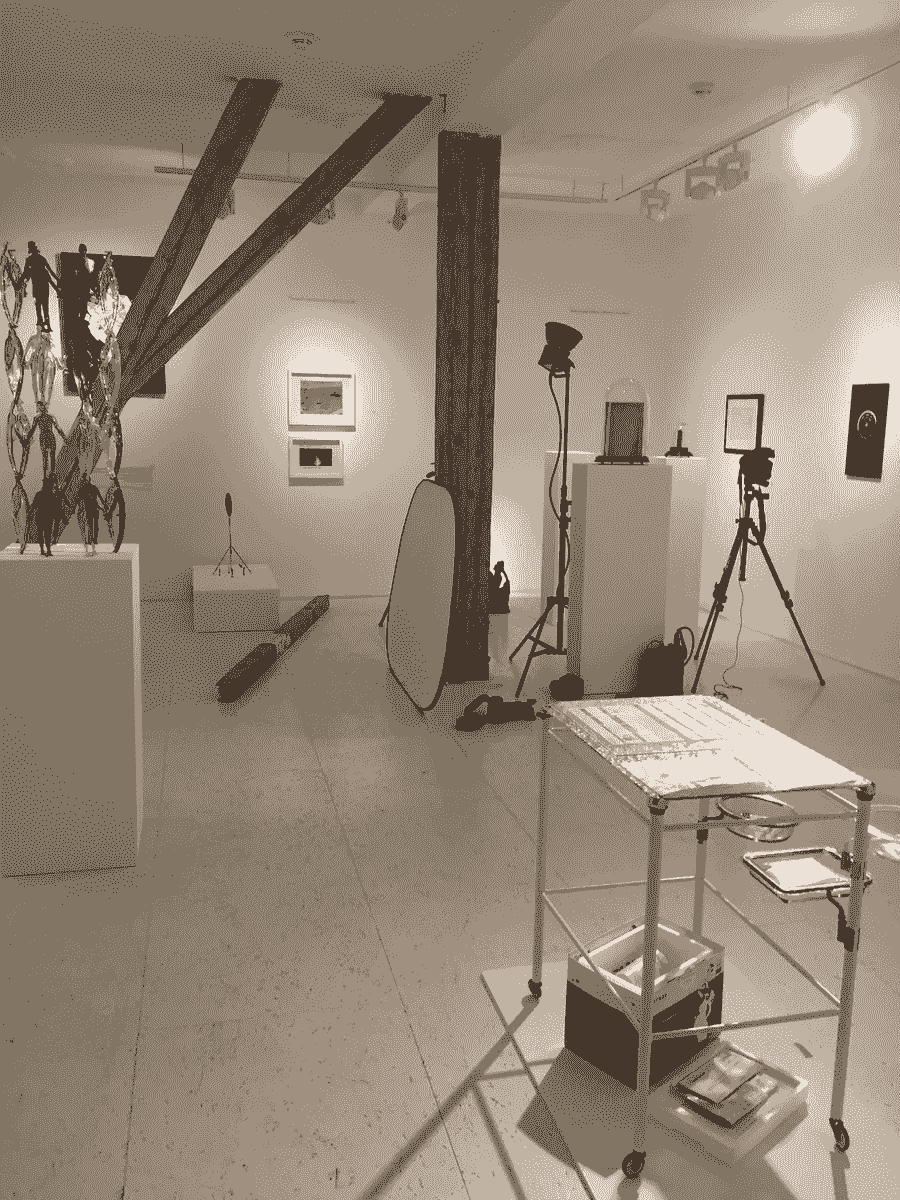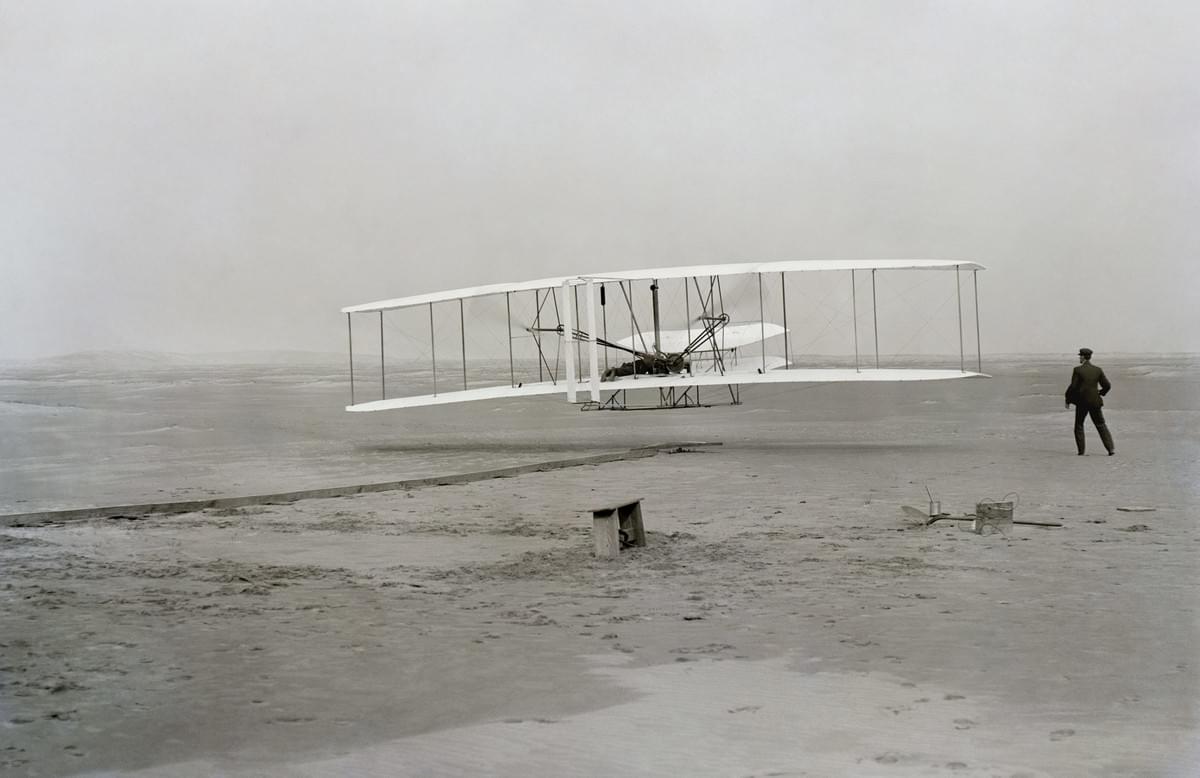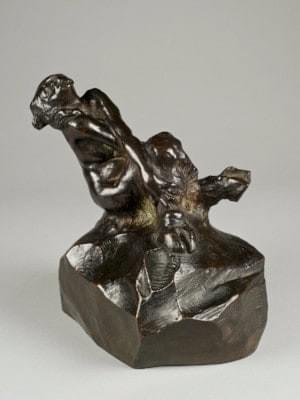
On Mythology & Science
Akim Monet, Fall 2017
Text only PDF available here
The year of my birth, 1968, mankind was still confined to a single planet. In fact it was only just a few years prior, in 1903, that the Wright Brothers gave us our first flight. Today, with the likelihood of SpaceX delivering on its promise, we are on the verge of becoming a multi-planetary species.
The Best Case for Why We Should Go To Mars
June 29, 2020
SpaceX's Elon Musk and Mars trailblazer, aerospace engineer & visionary Robert Zubrin explain what can arguably be described as the best case for why humanity needs to go to Mars.

Whereas our first steps on the moon in 1969 were hailed as the conquest of a new frontier, the like of which we experienced with the discovery of America by Christopher Columbus in 1492, or akin in spirit to our push west during the California gold rush of the 1850’s, our motivations to colonise other planets are very different this time around.
July 20, 1969
At 10:56 p.m. EDT Armstrong is ready to plant the first human foot on another world. With more than half a billion people watching on television, he climbs down the ladder and proclaims: "That's one small step for a man, one giant leap for mankind."
In the mid-twentieth century with the atomic bomb, we acquired for the first time the means to physically annihilate our existence on Earth, and in the present century, we have laid the foundation for the development of Artificial Intelligence, which many pundits believe will most likely render our species obsolete, thereby increasing the chance of our extinction. Indeed, it appears that the question surrounding Artificial Intelligence is not whether or not it will surpass that of our species, but when.
Superintelligence: Science or Fiction? | Elon Musk & Other Great Minds
January 30, 2017
Elon Musk, Stuart Russell, Ray Kurzweil, Demis Hassabis, Sam Harris, Nick Bostrom, David Chalmers, Bart Selman, and Jaan Tallinn discuss with Max Tegmark (moderator) what likely outcomes might be if we succeed in building human-level AGI, and also what we would like to happen.
The speed at which technology develops has greatly accelerated since the industrial revolution, and many believe that our species is just at the threshold of entering a new phase known as the Singularity, a moment when Artificial Intelligence will abruptly trigger runaway technological growth, resulting in unfathomable changes to human civilisation.
So, while in the past we conquered new frontiers with the certainty that our species was in control, the direction in which our development is taking us increasingly feels like a quest for salvation.
First major shift of human evolution
January 1, 2017
What are the next steps in human evolution? Astrobiologist Caleb Scharf, who is the director of the Columbia Astrobiology Center at Columbia University, New York, and author of "The Copernicus Complex," explains how the future of human evolution could unfold.
Wrapping my mind around these momentous subjects, I came to muse upon the foundations of Western culture, and a moment not so distant, when our forefathers laid the intellectual grounds of our civilisation, a time inhabited still with the heroes of Greek mythology, a world in which humans and Gods interacted. As one of the early accounts of the genesis of the world, Greek mythology has had an extensive influence on the culture, arts, and literature of Western civilisation, therefore it should come as no surprise that certain aspects of the moment we are in seem like the realisation of ancient myths.
In this light, our relatively recent successful creation of the machine as a complement to humanity; as a partner of sorts; as an assistant or “friend” -call her Siri or Cortana, Big Blue, AlphaGo or Watson, recalls Ovid’s re-visitation of an ancient Greek myth in which Pygmalion, a Cypriot sculptor who carved a woman out of ivory that was so beautiful and realistic, fell in love with her. When came Aphrodite’s festival day, Pygmalion made offerings at her altar and he wished for a bride who would be the living likeness of his carved creation. When he returned home, he kissed his ivory statue, and found that its lips felt warm. He kissed it again, and found that the ivory had lost its hardness. Aphrodite had granted Pygmalion's wish.

Pygmalion et Galatée
Auguste RODIN (1840-1917)
1900-1905
Bronze
42,1 x 27 x 31 cmCast in 2015 by Fonderie de Coubertin, Paris
Inscribed A. Rodin, © by Musée Rodin and numbered 2/8, one of the eight examples numbered in Arabic numerals, dated and stamped with foundry mark
Fascinated with antiquity the great sculptor Auguste Rodin, widely considered as the ‘father of modern sculpture,’ famously said:
“Antiquity for me is supreme beauty:
it is the initiation to the infinite splendour of things eternal.”
During the course of my thirty years in the art world, as a dealer, curator and artist, I have had the good fortune to be accompanied by the work of Auguste Rodin. In addition to the various masterpieces he bequeathed us, we are discovering today, at a hundred years distance from his passing, that his genius resides in his capacity to incorporate the past into the present, thereby creating a new narrative born from the juxtaposition of seemingly disparate ideas, that joined together, manifest his quest to understand our condition, our origins, and our future.

La Faunesse Zoubaloff
Auguste RODIN (1840-1917)
Bronze with a brown patina
17,8 x 10,5 x 15 cm
conceived in 1885, the present cast was executed before 1914
signed 'Rodin' on the rock
Just as Rodin pondered over the shared responsibility of creation between Man and God in The Hand of God, or in many iterations of Pygmalion et Galatée, or even in Galatée on her own, he also focused on fauns and chimeras, as seen for example in La Faunesse Zoubaloff. Here again, the recent lifting of a moratorium by the National Institute of Health on the creation of human/animal hybrids, which are known as chimeras, echoes Rodin’s exploration of an ancient myth.
Whereas doomsayers see in human/animal hybridisation and Artificial Intelligence, agents for the possible extinction of humankind, certainly the impact of current scientific breakthroughs, and the ever-increasing speed at which these discoveries permeate all aspects of our lives, is starting to appear as a race between man and machine, with hybridisation a likely outcome.
So, taking as a springboard the program of my Berlin art gallery, where for six years I explored the relationship between Modern and Contemporary Art, and taking my queue from Rodin's contemplation of the past in order to discover eternity, I have decided to explore the relationship between the roots of our culture and the future of our species. This research will constitute the curatorial foundation of the forthcoming program of my art gallery. Taking Auguste Rodin's oeuvre as a walking stick, I will follow what started as only an intuition, but is quickly turning into a certainty. As it were, the word Intuition comes from "intuire", contemplation in Latin. Further investigation of this term has let me to discover that Plato, Spinoza, and many other preeminent thinkers, considered intuition to be the highest form of intelligence, a power that interestingly recalls our quest to attain universal knowledge, precisely through linking our brain to artificial intelligence.
I leave it to Ray Kurzweil to illuminate us on this fascinating topic, and to Elon Musk's Neuralink, to actually realise this feat, through the development of high bandwidth and safe brain-machine interfaces.
Akim Monet
Berlin, June 2017
Ray Kurzweil: Get ready for hybrid thinking
January 29, 2017
Two hundred million years ago, our mammal ancestors developed a new brain feature: the neocortex. This stamp-sized piece of tissue (wrapped around a brain the size of a walnut) is the key to what humanity has become. Now, futurist Ray Kurzweil suggests, we should get ready for the next big leap in brain power, as we tap into the computing power in the cloud.
BERLIN EXHIBITION

Mythology & Science
PRESENTED IN BERLIN 2017/2018
This reflection culminated in the full-fledged exhibition Mythology & Science, presented at my Berlin gallery in fall 2017 and spring 2018—the swan song of a cycle that began with Fertility in 2011 and concluded with our move to the United States.
Copyright © 2025 Akim Monet Fine Arts, LLC






